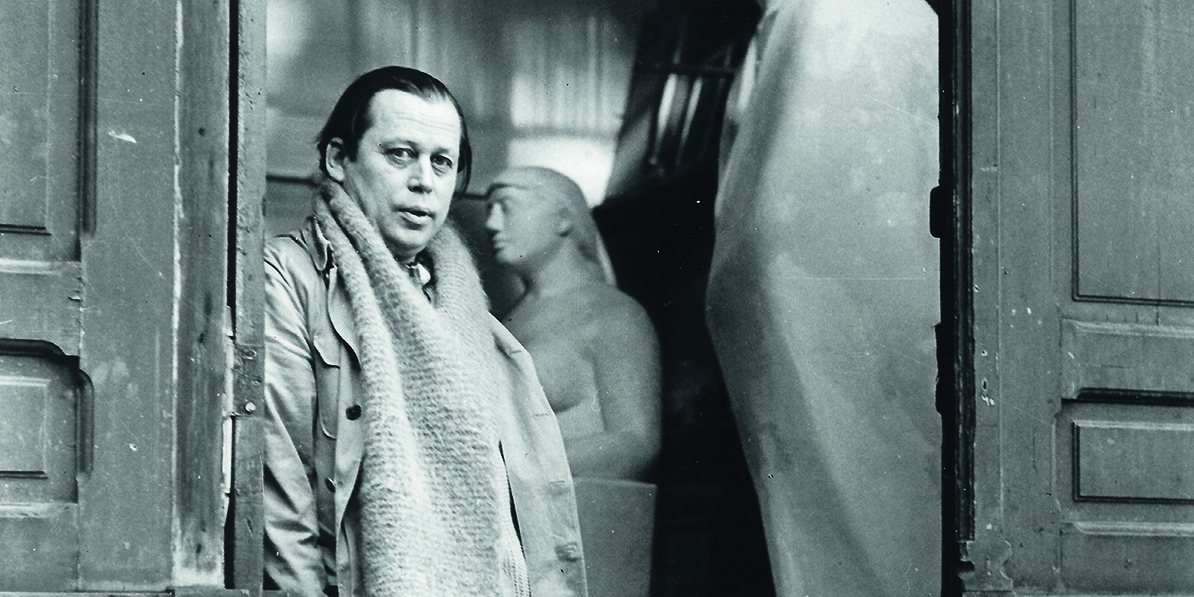Special exhibition art museum
—
Gustav Seitz – Figure & Sensation
Gustav Seitz (1906—1969), Edwin Scharff’s successor as Professor of Sculpture at the Hochschule für Bildende Künste in Hamburg, was one of the most expressive sculptors of the post-war period.
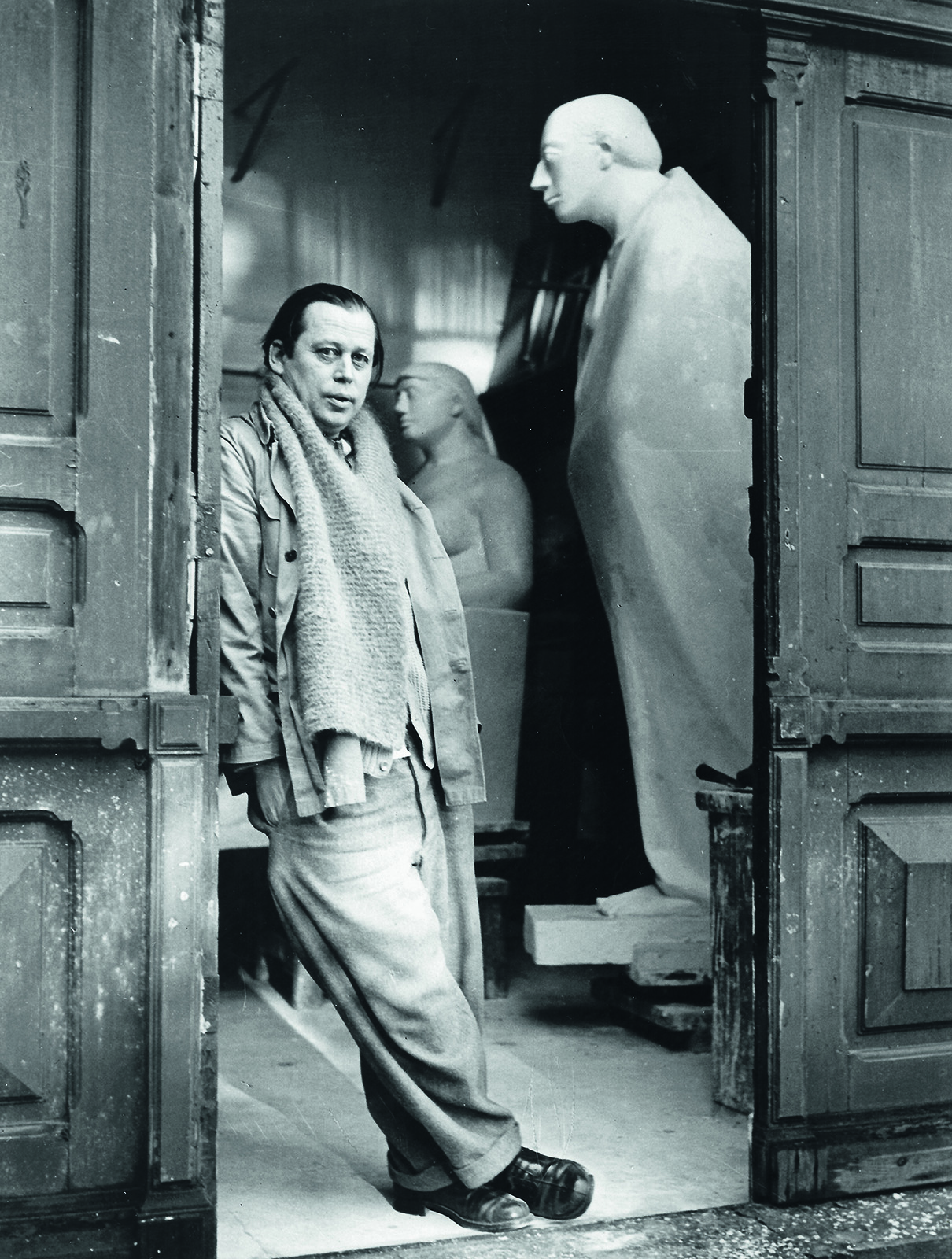
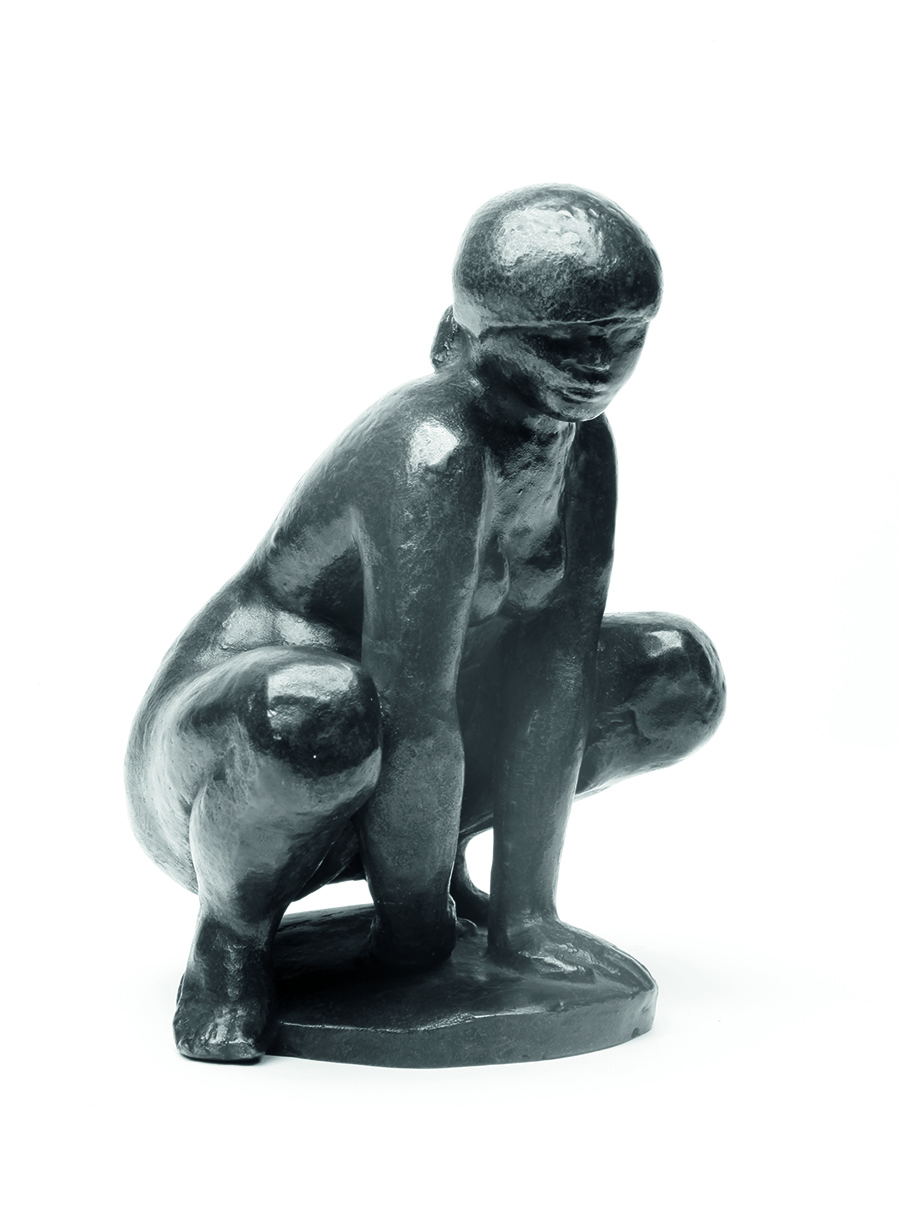
The human figure is at the center of the works of the Mannheim native and Berliner-by-choice. He depicts them with a variety of emotions and astonishing immediacy of expression, which at the same time are coupled with a pronounced will to form. This will to form motivates Seitz to boldly abstract and deform his figures, nudes and portraits over the course of more than 40 years of creative work, to sharpen and shorten them. Despite this stringently developed formal language, the elementary emotional world of his nudes is astonishing, oscillating between pensiveness and shyness, inner joyful well-being and defenseless exposure.
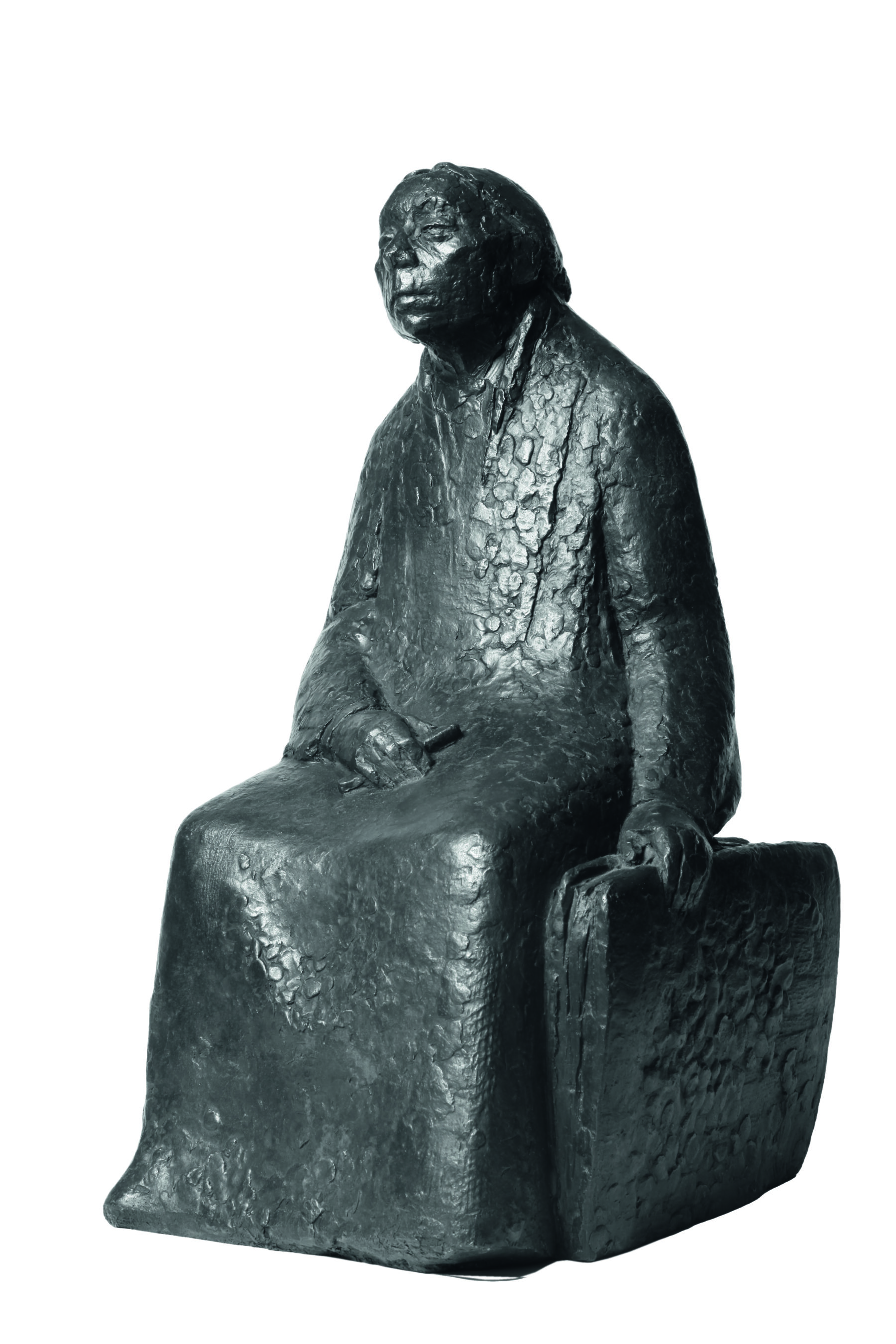
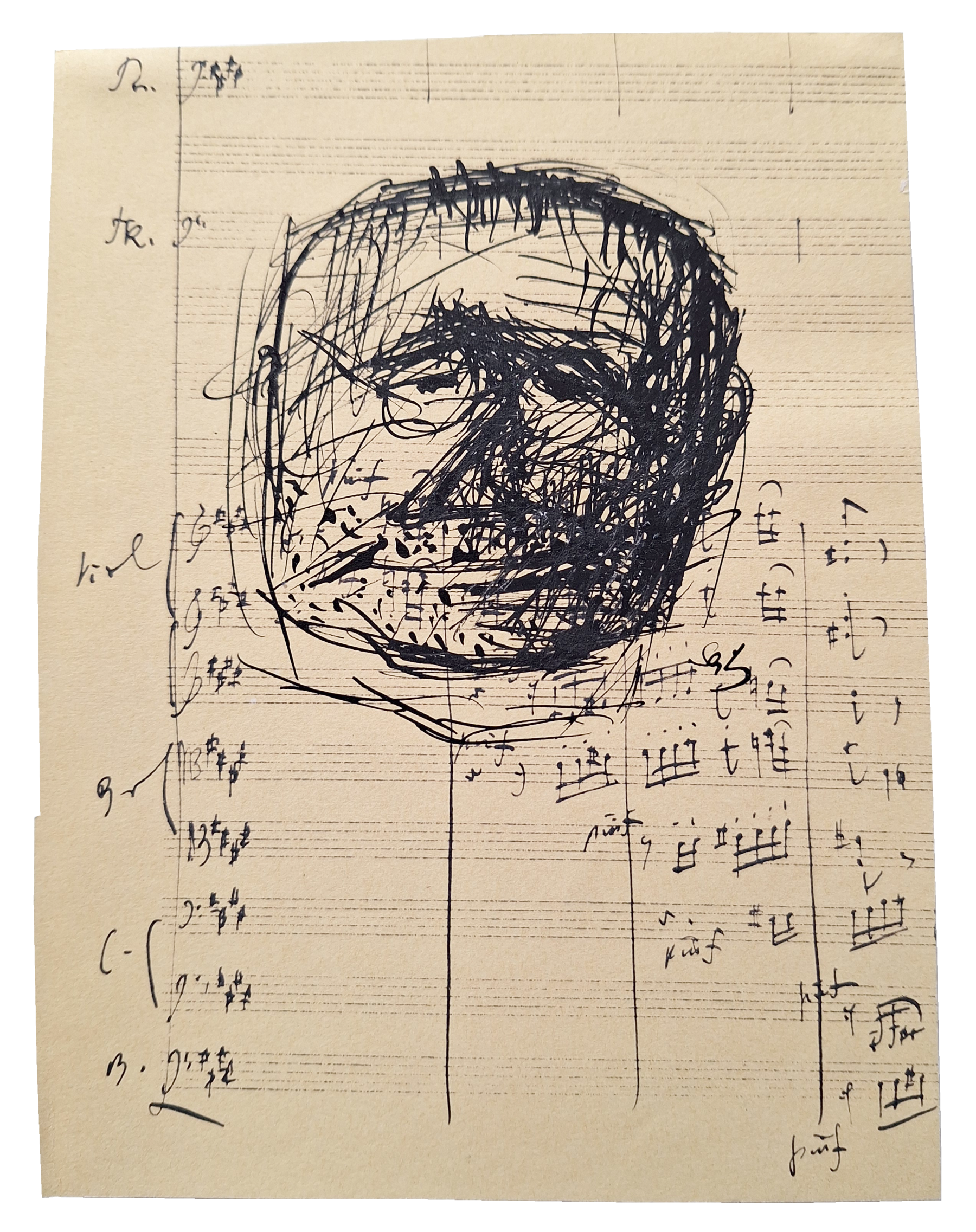
Awarded the Edwin Scharff Prize, the art prize of the Free and Hanseatic City of Hamburg, in 1965, Seitz not only shared his older colleague’s self-image as a figurative sculptor and his interest in the female nude, but also paid homage to the attraction between man and woman as an elementary expression of life energy and joy of life, especially in his late work. Gustav Seitz, whose monument to Käthe Kollwitz on Prenzlauer Berg in Berlin has made him widely known, is nevertheless a generation younger than Scharff and takes a different view of what sculpture should be about. Unlike Scharff, whose figure creations are often representatives of an ideal humanity, Seitz sometimes brushes aside this basic principle: he leaves his figures with their own individual physiognomy and constitution, shows them friendly and approachable in their everyday states of mind or captures moments of sensual exuberance.


In juxtaposition with selected sculptures by Edwin Scharff (1887-1955), the exhibition presents two different positions in sculpture and makes it clear that art after 1945 was dedicated to different themes, problems and values than the generation to which Scharff belonged. Together with the interventions that Stefan Wissel (born 1960) has created in the Permanent Collection in response to Scharff’s work, which can also be seen until January 2025, it is possible to gain an exemplary view of various concepts of sculptural creation since the beginning of the 20th century.

An exhibition of the Edwin Scharff Museum in cooperation with the Gustav Seitz Foundation.
We thank our lender!
After Scharff’s works were presented in 2023/24 at the Gustav Seitz Museum
in Müncheberg-Trebnitz in 2023/24, this exhibition is a return invitation.
